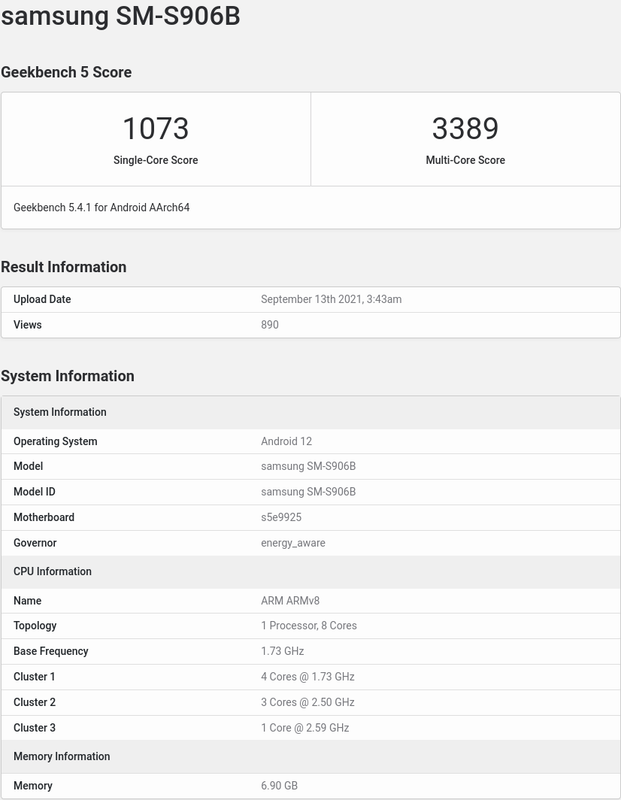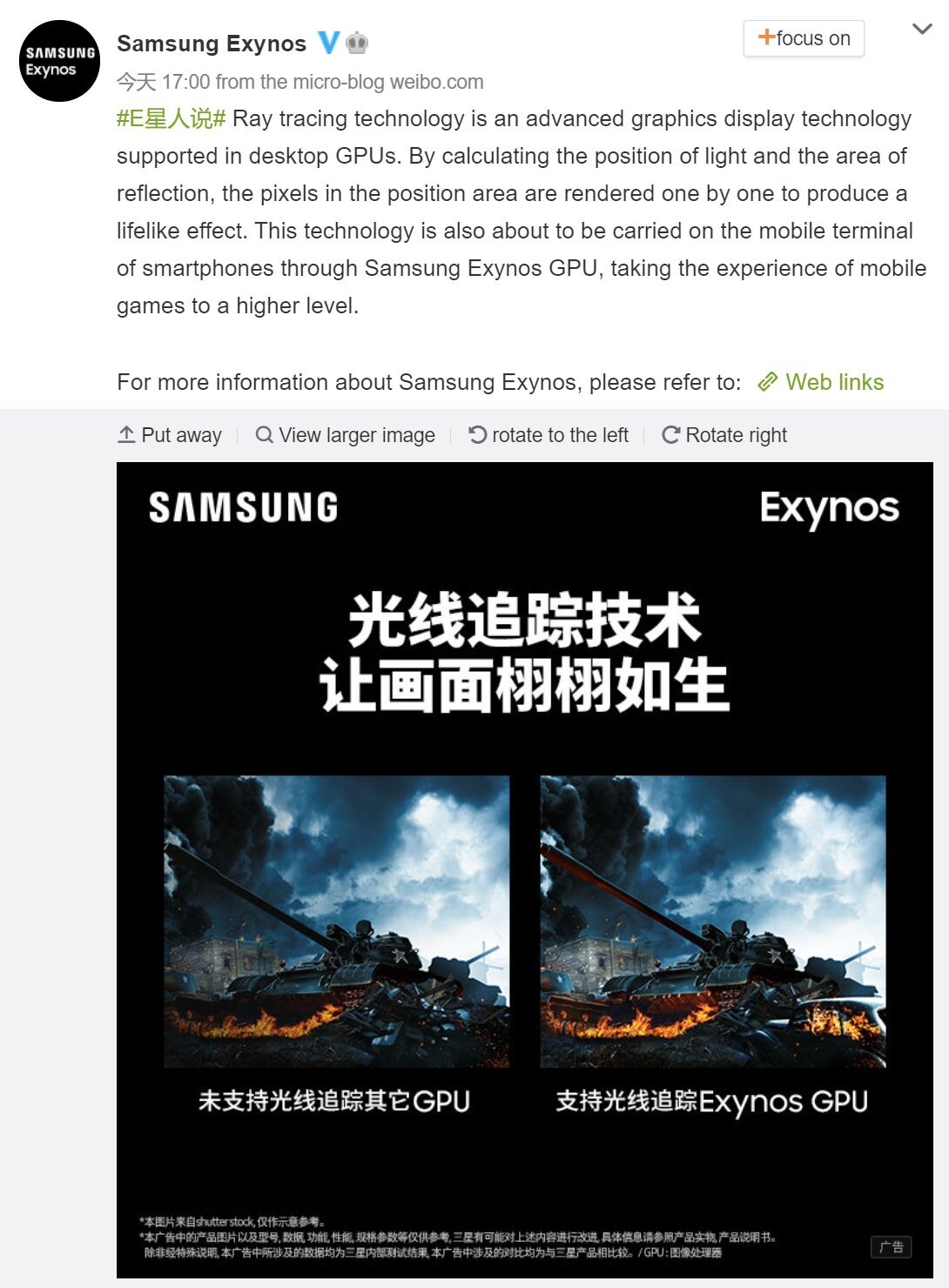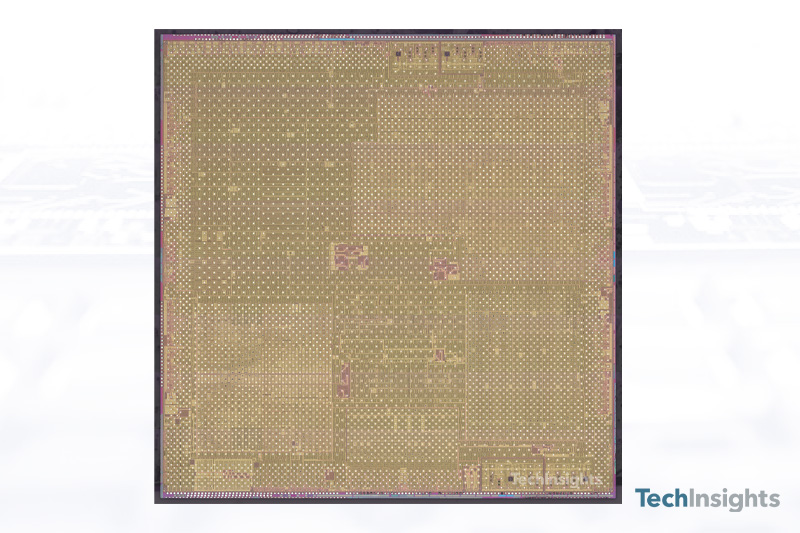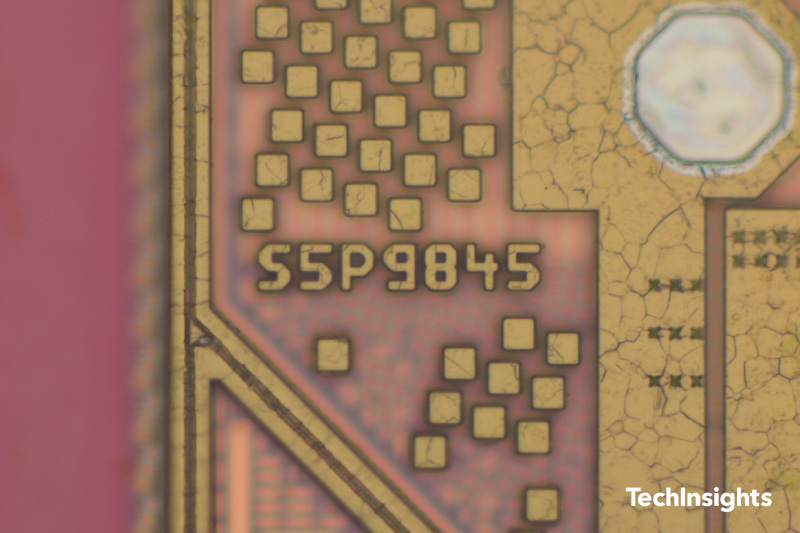Nemesis11
Power Member
Samsung to jump into laptop processor market with Exynos chip in H2
With the global laptop computer market growing rapidly in the pandemic-caused work-and-learn from home era, Samsung Electronics Co. is working on a laptop version of its flagship mobile application processor (AP) chip Exynos.
According to industry sources on May 9, the South Korean tech giant will unveil a premium Exynos chip that can be used in laptops as well as smartphones in the second half of this year.
If the product hits the market, Samsung would become the first modern Windows laptop manufacturer to launch its own processor that works as the brain in its machines.
The new Exynos chip for laptops will use the graphics processing unit (GPU) jointly developed with US semiconductor company Advanced Micro Devices Inc. (AMD) to offer improved graphical technology, according to the sources.
“The new Exynos will offer improved functions, including extraordinary computing power and battery efficiency, by utilizing a 5-nanometer processing technology. It’s good for both laptops and smartphones,” said an industry source.
https://www.kedglobal.com/newsView/ked202105090002JUMP ON BANDWAGON
As the sales of PCs and laptops grow at a fast pace, global tech companies that have focused on smartphone AP chips are also unveiling chipsets for laptops to take on market leader Intel Corp., and Samsung is jumping on the bandwagon.
In November 2020, Apple Inc. launched the M1 chip, a desktop- and laptop-grade systems-on-chip (SoC) based on a British processor architecture known as ARM.







